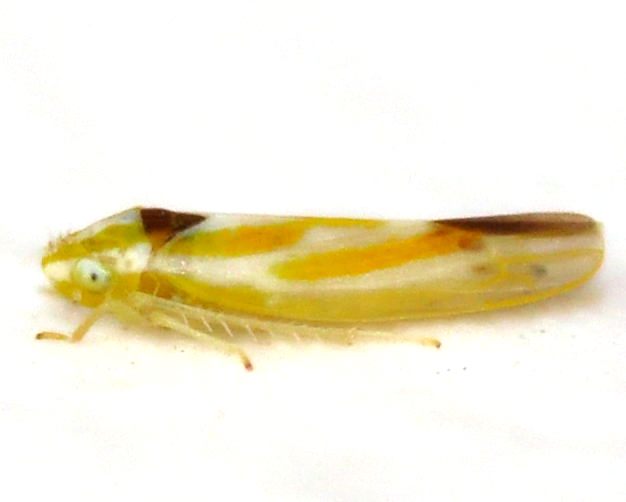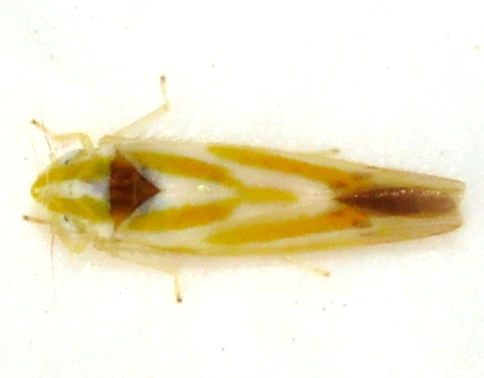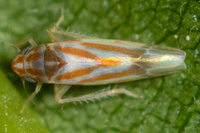| Comment: NOTE: Erythridula is a very challenging genus to identify to species level, as there can be variation in pattern and coloration within species, and many species resemble one another. Dissecting specimens is the the only way to determine species for many cases. This page represents individuals that are likely E. aspera, in particular var. 'kanensis' which has a dark brown scutellum and dark wing tips, a characteristic that does not seem to be shared by other Erythridula species, but until a specimen is obtained and dissected IDs on here are tentative.
This is one of several species that have a dark scutellum, and therefore it could be confused with others. These species with a dark scutellum, in order from most to least dark, are: pfrimmeri (BG), penenoeva (BG), noeva (BG), and aspera. E. pfrimmeri and penenoeva have completely dark scutellums, but in the former the scutellum is blackish whereas in the latter it tends to be a dark chestnut-brown color. Additionally, the black mesonotum is visible through the pronotum in pfrimmeri; in penenoeva, the mesonotum does not appear through as dark. E. noeva has a chestnut to reddish-brown scutellum that has dark lateral triangles, contrasting with the black scutellum of pfrimmeri, but like pfrimmeri the dark mesonotum shows through the pronotum. While the scutellum coloration may be similar between E. noeva and E. penenoeva, besides the previously stated differences in the mesonotum being visible through the pronotum, noeva seems to lack small black dots or smudges near the apical veins, whereas penenoeva can have these spots. E. aspera has a brown to dark brown scutellum, and in var. 'kanensis' the upper apical cell of each wing is dark. Finally, E. noeva has a pale abdomen dorsally, whereas the other three species have dark abdomens dorsally. |

 »
»








